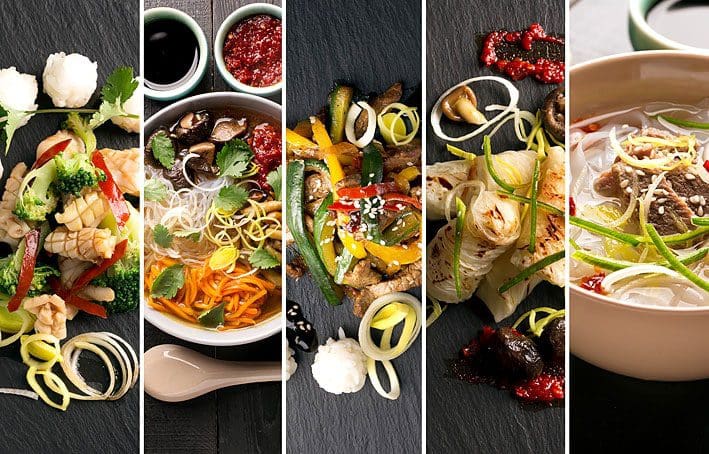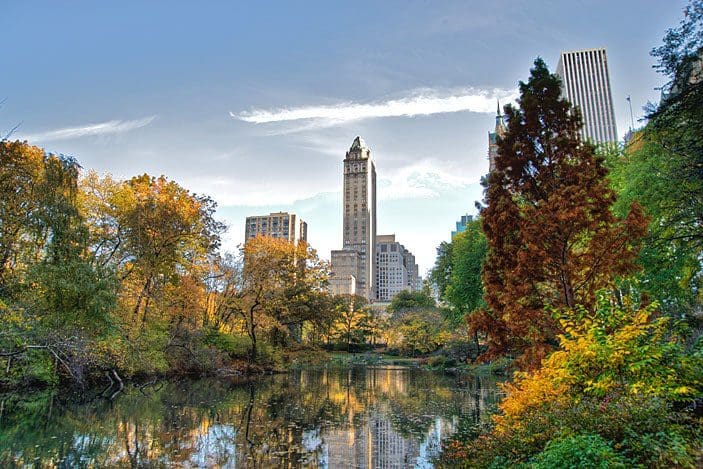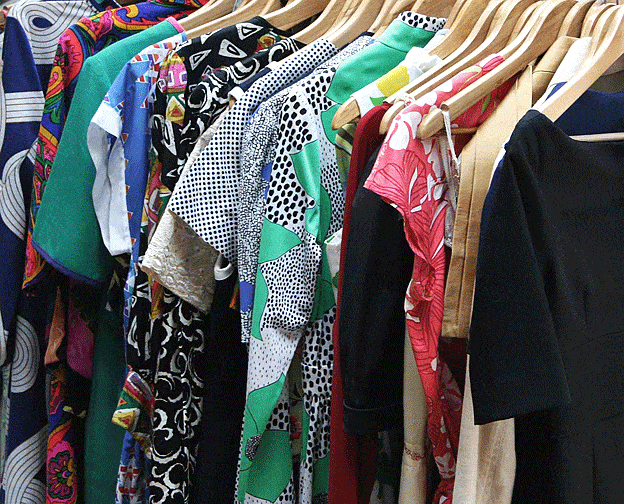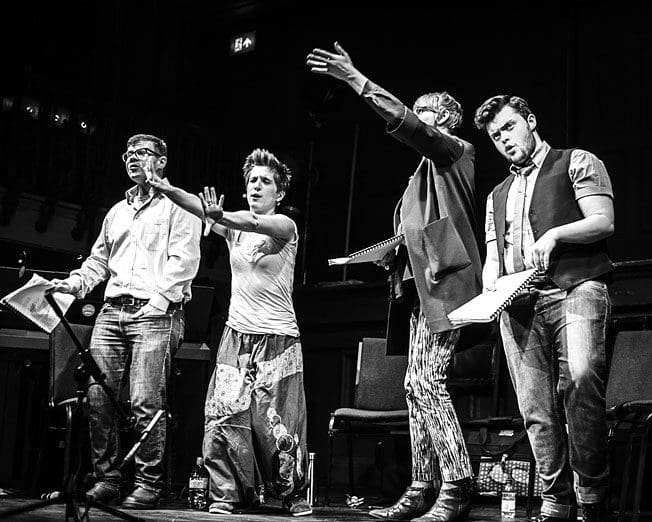The History Chinese Food in the UK – words Alexa Wang
It’s the early hours, and I’m craving for something delicious and yummy. But, I’m not in the mood to cook or go out. An idea strikes me and in less than 20 minutes, I’m enjoying my king prawn with green pepper in bean sauce from the Chinese takeaway near me.
Thanks to the wonders of my smartphone, this is how takeaway is ordered in the modern world. But, have you ever wondered how Chinese food in the UK grew to become an integral part of our culinary culture?
Tea is considered to have been among the first items of Chinese food in the UK in the 17th century. In the 1880’s Chinese groceries appeared sparingly in London and Liverpool. At the same time, Chinese eating-houses seemed mostly patronised by Chinese dockworkers, seamen, and students.
Many Chinese sailors settled around Lime house resulting to the first ever China town in London. But, perhaps, the major introduction of Chinese food to the British public was at the International Health Exhibition that took place in South Kensington, London in 1884. Controversial as it may be, it is believed that the invention of the famous ‘Chop Suey’ dish that involves the cooking of chopped Oxen or sheep was associated with the most influential Chinese diplomat Lin Hongzhang’s visit to the European countries and the US in 1896.
The year 1908 marked the opening of the first recorded Chinese restaurant called ‘The China Restaurant’ in the Glasgow Street of London. The restaurant was famous for serving delicious Chinese menus that included fish cakes, Chop suey and dried ‘Chinese beetles.’ The year 1919, witnessed the introduction of the first restaurant chain when The Cheung Clansmen founded a limited liability company. The following year, Poet Harold Acton’s cook Chong Sung brought with him from Canton mushrooms, lychees, vermicelli, rice puddings, Kumquats, and ginger.
Ex – Chinese seamen are known to have served regional dishes of Fuzhou, Hainan, Shantou, Ningbo and Shangai at around 1930 in the Liverpool area. Chop suey, fried rice, and chow mein were popular dishes for students at Blue Barn, Cambridge due to their affordable price. A significant milestone for Chinese food was the introduction of simple Chinese recipes on a BBC broadcast by Jean Sterling in 1939, and the introduction of ‘Chinese cakes’ baked with potatoes, haricot beans, fat boiled bacon, breadcrumbs, sugar, and herbs to the Britons during World War II.
The 1980’s witnessed a sharp increase in the consumption of Chinese food by Europeans. The most popular dish was the Stir-fry sauces in sachets and Crispy Wontons. The school of Chinese cookery was established at Westminster College in 1940 and during the same period, expensive Chinese restaurants that employed Chinese cooking methods with dishes such as Lobster, Monkfish, noodles and vegetarian cuisines became fashionable.
Recently, there has been an introduction of a wide variety of Chinese dishes with some combining the traditional Hakka cuisine with western ingredients. Chinese food is perfect for its methods and style.









